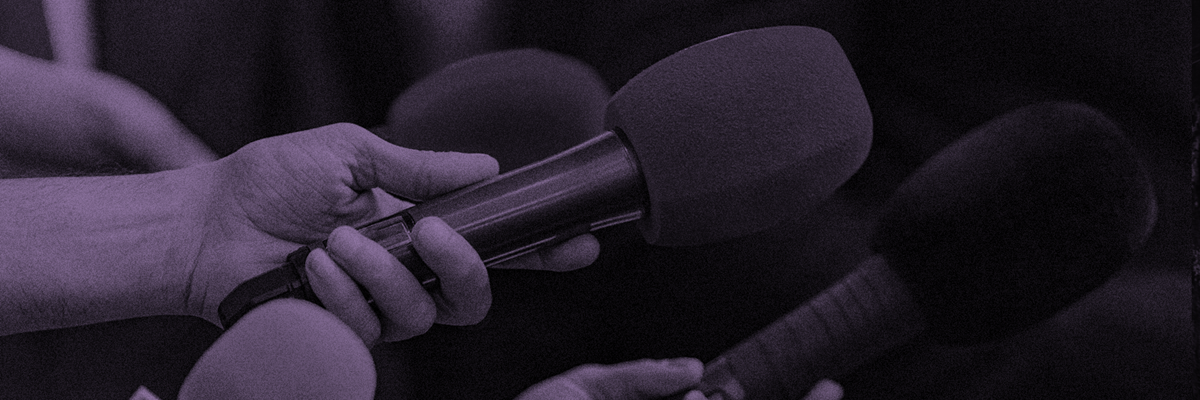Safer Homes
A new electrical safety champion is warning the public to be more vigilant about the state of electrics in their homes. The latest research, commissioned by the Electrical Safety Council, suggests that there is widespread ignorance about how safe our electrics are and how often they should be tested.
Over 40% of the population do not know or have never had their electrics checked and almost a quarter (24%) of people do not know how old their wiring is. When it comes to paying for checks a significant minority of people (28%) would not be prepared to pay for an inspection by a registered electrician. Despite this over 30* people die every year and significantly nearly 4000* injuries are recorded as a result of electrical accidents and fires.
Emma McCarthy, director of the Electrical Safety Council said: "Electricity is an integral part of our lives, but it can kill. At least 30 deaths and many thousands of accidents are caused by unsafe electrics every year. The vast majority of us know that faulty electrics can lead to fires and injury, but we are advising people not to simply wait for a problem with their electrics before doing anything about it.
"Our research shows that over half of the population do not have any of the documentation on electrical work that has been carried out in their homes and a shocking 44% of people would not bother to use a qualified electrician to carry out electrical work.
"Contemporary homes have much greater demands on electricity than 20 years ago. The average UK home today has a TV in most rooms and any number of computers, printers, scanners and games consoles, so the potential risk of electrical accidents in the home is now higher than ever before," continues Emma McCarthy.
The Electrical Safety Council has been set up to promote electrical safety to the public. It aims to be the most influential and respected driving force for consumers in the field of electrical safety.
*Government fire statistics 2004, RoSPA accident statistics 2002.
For further information contact media@electricalsafetyfirst.org.uk
